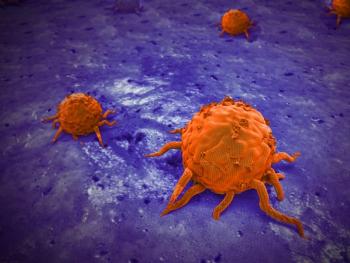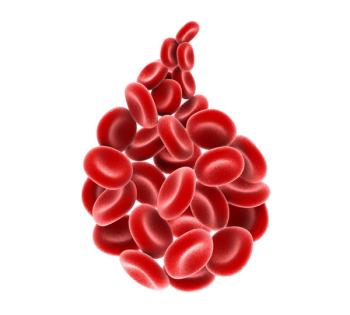
5 Questions on Multiple Myeloma
Do you know the median survival of different risk groups for patients with multiple myeloma? How about the recommended frequency to observe patients with smoldering myeloma? Test your knowledge on these topics and more in our latest quiz.
Multiple myeloma accounts for just over 15% of all hematologic malignancies in the United States and is most frequently diagnosed in patients 65 to 74 years of age (median age = 69 years). Statistics show that rates are increasing an average of 0.8% annually, with death rates falling at the same percentage, a result of recent and more effective treatment options.
Question 1:
Answer and Question 2 on Next Page »
The correct answer is: C. Lenalidomide/dexamethasone. All of the combinations are recommended as “preferred regimens” for the treatment of patients with relapsed/refractory multiple myeloma, the NCCN
Question 2:
Answer and Question 3 on Next Page »
The correct answer is: B. 5 years. Patients in the good-risk group have an estimated median survival of 8 to 10 years, while for those at high risk, it is less than 2 years, according to the National Cancer Institute (NCI) PDQ
Question 3:
Answer and Question 4 on Next Page »
The correct answer is: B. 3- to 6-month. The NCCN also strongly
Question 4:
Answer and Question 5 on Next Page »
The correct answer is: A. True. A large
Question 5:
Answer on Next Page »
The correct answer is: A. 7 months. The NCI’s PDQ
Newsletter
Stay up to date on recent advances in the multidisciplinary approach to cancer.



















































































